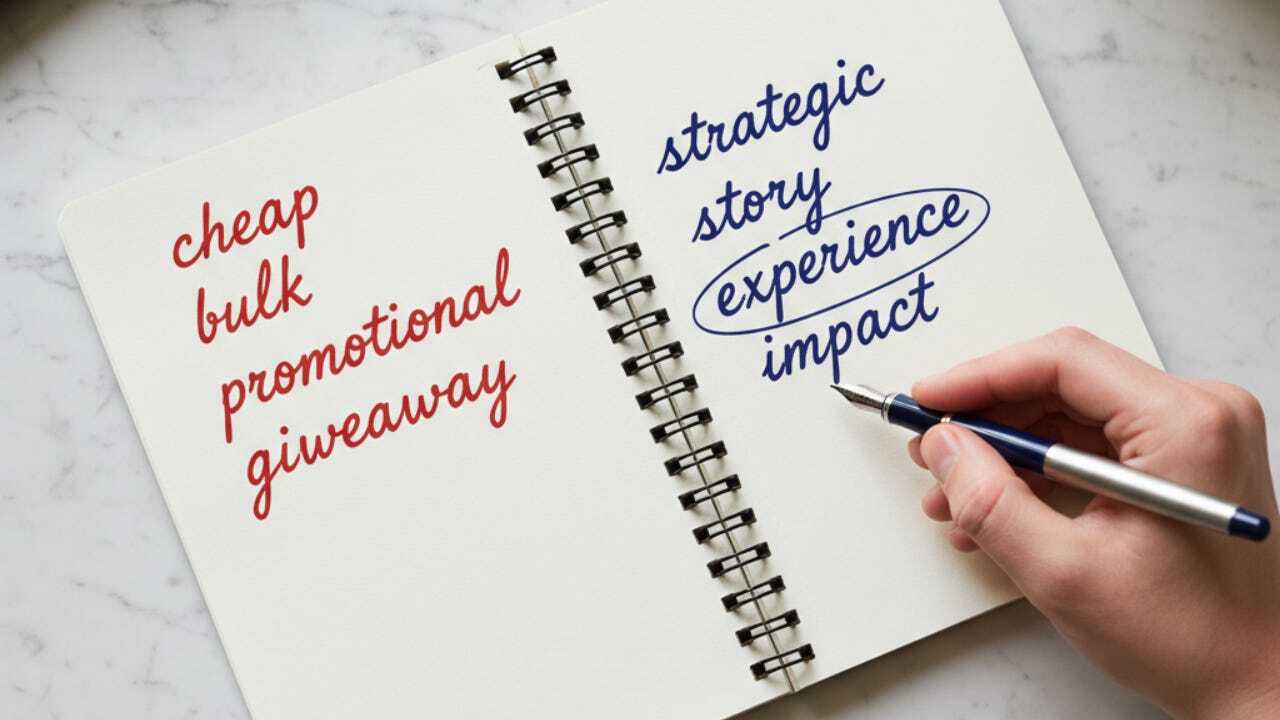
The guy on the phone sounded friendly enough.
“We need some cheap swag for a trade show next month. What’s your best price on tote bags?”
I could hear my father-in-law’s voice in my head. That’s a $15,000 order. Don’t be a moron.
“I appreciate the call,” I said. “But I don’t think we’re the right fit. Let me connect you with someone who can help.”
Eight minutes. Done.
My team lost their minds.
“You just walked away from five figures because he said the word ‘cheap’?”
Yes. Exactly.
The Split Is Happening Right Now
Walk into a record store. They’re packed on Saturdays.
Vinyl sales up 17% last year. CDs down 8%.
Physical isn’t dying. It’s getting picky.
The same thing is happening in B2B. But most people are missing it.
There are two types of companies buying branded merchandise right now:
Type A asks: “What’s the cheapest way to get our logo out there?”
Type B asks: “What physical experience will make people remember us?”
Same budget. Completely different outcomes.
A law firm spent $8,000 on a thousand tote bags last year. Know how many meaningful conversations those bags started? Zero. They’re in closets.
A design studio spent the same $8,000 on 200 custom welcome kits for clients. They got 47 thank-you emails and three referrals in two months.
The gap between these two approaches isn’t creativity. It’s philosophy.
And it shows up immediately in how people talk.
The Language Test
After that phone call, I got curious.
I notice a pattern in our sales calls instantly.
Prospects who say “promotional items” or “bulk pricing” in the first call? Our close rate was super low.
Prospects who say “brand story” or “strategic touchpoint”? Close rate jumped significantly.
Your vocabulary isn’t just words. It’s a values test.
If someone opens a conversation talking about “cheap giveaways,” they’ll never value what we do. They’re shopping for commodities. We’re not selling commodities.
If someone opens talking about story and impact, they already get it. Now we’re just solving the execution problem.
Mark Roberge says the best salespeople disqualify bad fits fast. He’s right. We now qualify every prospect in five minutes based on language alone.
Not snobby. Strategic.
What Changed When We Started Saying No
Three things happened after we implemented the language filter:
Our close rate went up. Obviously. We stopped wasting time on prospects who’d grind us on price and never refer us.
Our clients got better results. When you’re working with people who already value strategic thinking, the projects get better. A 30-person agency in Austin used to send clients logo tote bags. We helped them create custom field notebooks that told their story. Three prospects brought up the notebooks in pitch meetings. Two became clients.
Our team got happier. Turns out, doing great work for people who appreciate it beats doing mediocre work for people who resent the price.
We’re not trying to convince skeptics anymore. We’re helping believers win.
The Real Revolution
Everyone says everything is going digital.
But the more digital our world gets, the more a physical moment can cut through.
A handwritten note. A beautifully designed welcome kit. A product launch gift that tells your story.
These aren’t “nice to haves.” They’re competitive advantages.
We followed some venture-backed startups after their Series A. The ones who invested in narrative-driven onboarding kits saw better retention.
Physical builds culture faster than Slack ever will.
The creative agencies treating merchandise like strategic campaigns saw higher client retention than the ones ordering from catalogs.
Physical reinforces positioning better than another email blast.
The brands that will win in the next five years understand this. They’re not asking “what’s the cheapest option?” They’re asking “what’s the most meaningful experience we can create?”
Different question. Different results.
The Quick Test
Pull up your last three merchandise orders.
Read the email chain. Count how many times you see these words:
Cheap
Bulk
Promotional
Giveaway
Now count these:
Story
Experience
Strategic
Impact
The ratio tells you everything.
Not about your vendor. About your mindset.
If you’re talking about bulk pricing, you’re thinking transactionally. Your partners will treat you that way. Your results will show it.
If you’re talking about strategic experiences, you’re thinking about brand equity. Your partners will rise to meet you. The ROI will prove it.
The Bottom Line
The market is splitting into two camps.
Companies that view branded merchandise as an expense to minimize.
Companies that view it as an investment in relationships.
You can’t straddle both. The mindset drives the vocabulary. The vocabulary reveals the mindset. The results follow predictably.
I killed that $15,000 deal because I knew where it would lead. Forty hours of grinding on revisions. Zero referrals. A commodity relationship.
Our close rate is higher now. Our average deal size up. Our team actually enjoys the work.
All because we learned to listen for one thing: How do they talk about this?
The words matter. They always have.

